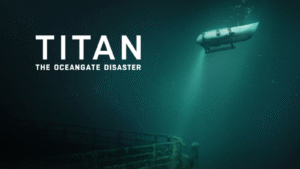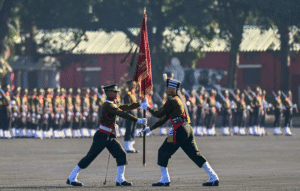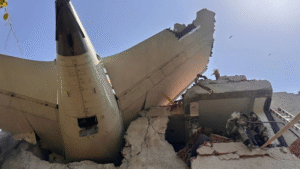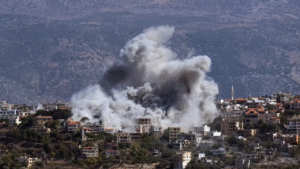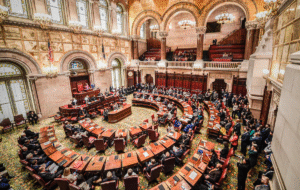Escalating Tensions: The Middle East on the Precipice of Conflict
The Looming Threat of an Israeli Strike
The Middle East finds itself teetering on the brink of a potentially devastating conflict, as fears of an Israeli strike on Iran’s nuclear facilities intensify. This alarming prospect has sent ripples of concern through Washington, prompting the White House to take decisive action by moving US personnel out of the region. At the heart of this escalating crisis lies President Trump’s unwavering stance on Iran’s nuclear ambitions and a complex web of diplomatic impasses and geopolitical posturing.
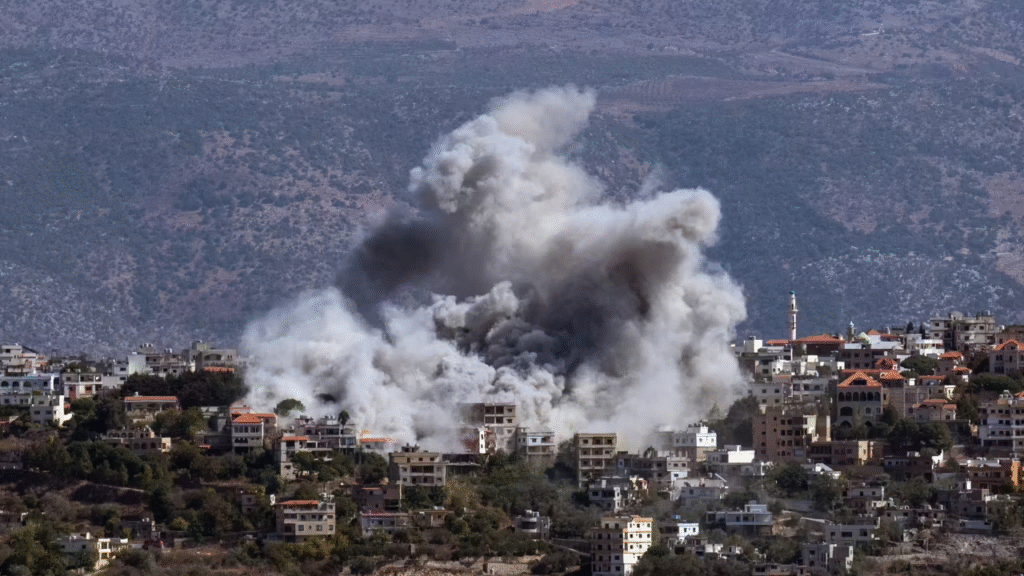
The primary catalyst for the heightened alert is the growing apprehension in the US that Israel might opt for a unilateral military strike against Iran’s nuclear sites. Reports indicate that Israel is “fully ready” to launch such an operation, fueled by concerns that diplomatic efforts to curb Iran’s nuclear program are stalling and that Tehran is inching closer to nuclear weapons capability. This possibility has been a persistent shadow over regional stability, with US intelligence reportedly concerned that Tel Aviv could act without Washington’s explicit consent, potentially derailing delicate negotiations and triggering widespread retaliation against US assets in the region.
US Response and Trump’s Stance
In response to this grave assessment, the Trump administration has begun a partial evacuation of its embassy in Iraq and has authorized the voluntary departure of military dependents from various locations across the Middle East, including Bahrain and Kuwait. President Trump himself addressed the situation, stating that US personnel are being moved out because the region “could be a dangerous place.” This proactive measure underscores the seriousness with which Washington views the potential for escalation, aiming to mitigate risks to American lives in the event of a military confrontation.
President Trump has consistently maintained a firm position on Iran’s nuclear program, emphatically stating that the US “will not allow Iran to have a nuclear weapon.” This declaration serves as a core tenet of his Middle East policy, signaling a red line that, if crossed, could provoke a military response. While publicly advocating for a negotiated settlement, Trump has also hinted at the possibility of military action should diplomatic efforts fail. His recent expressions of diminishing confidence in reaching a deal with Iran further amplify the sense of urgency and danger surrounding the nuclear talks. The paradox of the situation is also evident in Trump’s willingness to engage in talks with North Korea’s Kim Jong Un, suggesting a nuanced and sometimes unpredictable approach to foreign policy.
Iran’s Defiance and Regional Volatility
Adding another layer of volatility to the already tense situation is Iran’s cryptic “we are ready” warning. This statement, coupled with threats from Iranian Defense Minister Aziz Nasirzadeh that Iran would retaliate by hitting US military bases in the region if it were subjected to strikes, indicates Tehran’s preparedness for any scenario. Iran continues to insist its nuclear program is for peaceful purposes, but its defiant rhetoric and continued uranium enrichment activities, even to near weapons-grade levels, fuel international suspicion and concern.
Conclusion: A Precarious Balance
The current state of affairs reflects a precarious balance of power, where miscalculation or a sudden shift in strategy could have catastrophic consequences. The US, while on high alert and taking steps to protect its personnel, is simultaneously attempting to manage the complexities of stalled nuclear negotiations and the independent strategic calculus of its allies. The ominous backdrop of a potential Israeli strike, combined with Iran’s resolute posture, paints a stark picture of a region on the precipice, where diplomatic breakthroughs are desperately needed to avert a wider conflagration.


